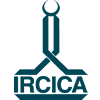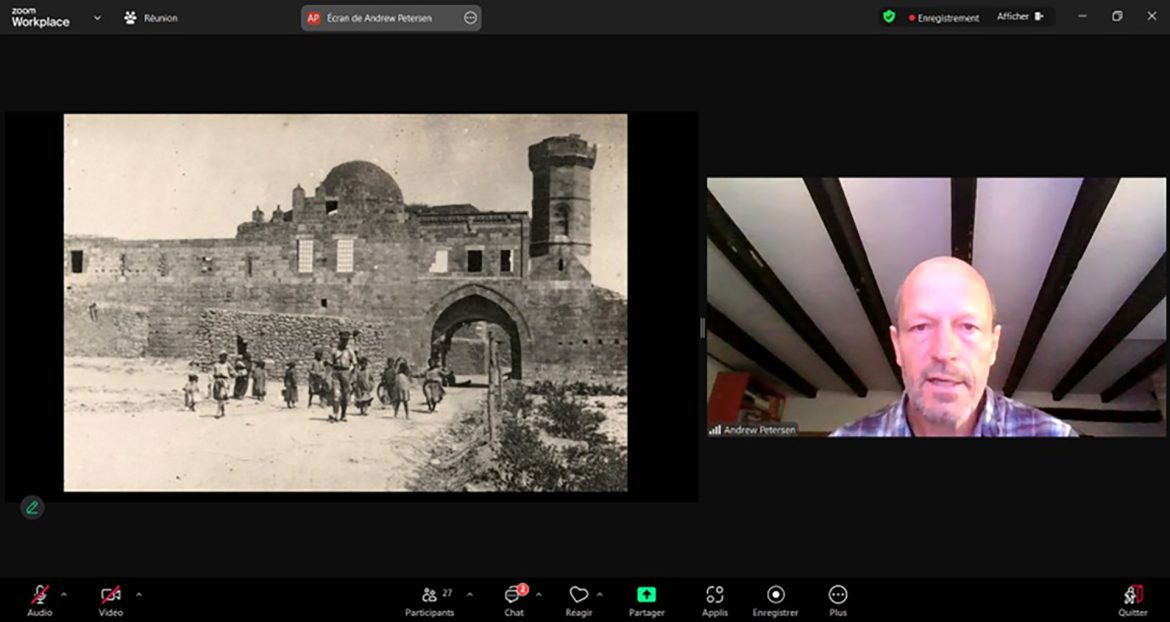Prof. Andrew Petersen, Professor of Islamic Archaeology and Architecture, University of Bradford, U.K. delivered a lecture entitled “Understanding and Preserving Historic Buildings in Gaza” as guest speaker of the IRCICA Heritage Talks online program on 15 May 2025. The expert began by describing the present situation of damage on historical heritage in Gaza, at this time as the aggression on Gaza continues. Showing maps and photographs of structures from different periods, he said that historically, Gaza has been an important strip connecting Palestine, Egypt, and Syria; it was centrally significant especially during the Mamluk period and then during the Ottoman period and has sites dating from all epochs since pre-historic times. After the 1917 British bombardment during World War I, the British mandate from 1917-1948 instituted a program of excavation, conservation and registration of buildings and sites. The lecturer also showed pictures of 20th century buildings and examples of vernacular architecture. He referred to lists of sites and to maps remaining from that period and expressly underlined the paucity of documentation on Gaza sites and monuments. Immense damage has been caused by the Israeli invasion; since the aggression is ongoing, it is difficult to estimate the extent of damage and destruction by percentages. However, due to the same reason, collecting the available information is important in view of the future recovery, to preserve the memory of the heritage if actually not the physical structure. Additionally, said Prof. Petersen, it is important to provide preparedness by planning the recovery action ahead of time so that it can be possible to immediately start to recollect, rebuild and save what will remain. Professor Petersen emphasized in this regard the crucial steps to be taken along with documentation, which he listed as identification; clearance; condition assessment, and the necessary interventions for reconstruction and rehabilitation. These actions have to be backed by historical research, to identify and preserve the historical components of structures, especially mosques converted from churches and other buildings representing palimpsests. The Q&A that followed touched upon the issues of the history, identity, and multiple layers of the Gaza structures; Ottoman monuments; the importance of architectural heritage as memory.
Thanking Prof. Petersen for his very instructive and informative lecture, IRCICA’s Architectural Section Head Arch. Dr. Alidost Ertuğrul expressed his appreciation, in particular, of the lecture’s emphases on the issue of documentation, the features of Gaza structures as palimpsests, and the roadmap for recovery of this heritage.





